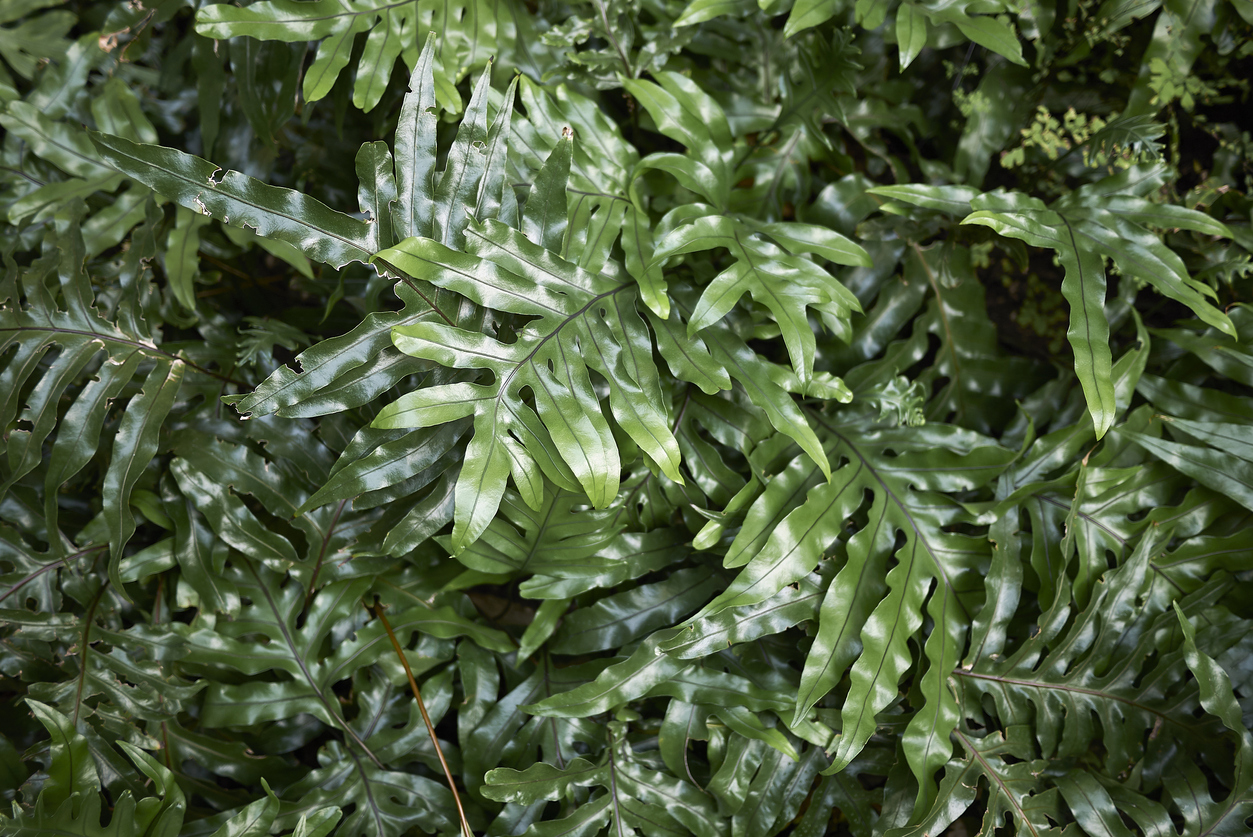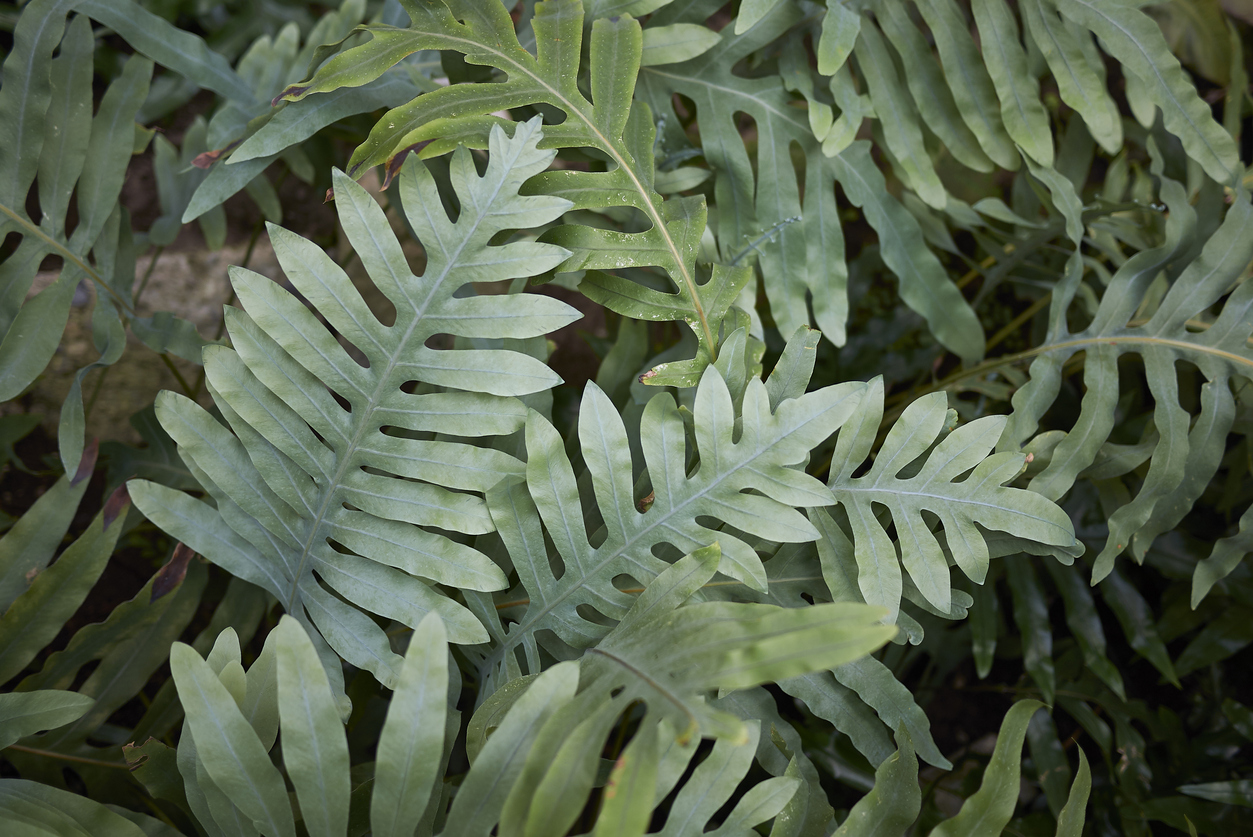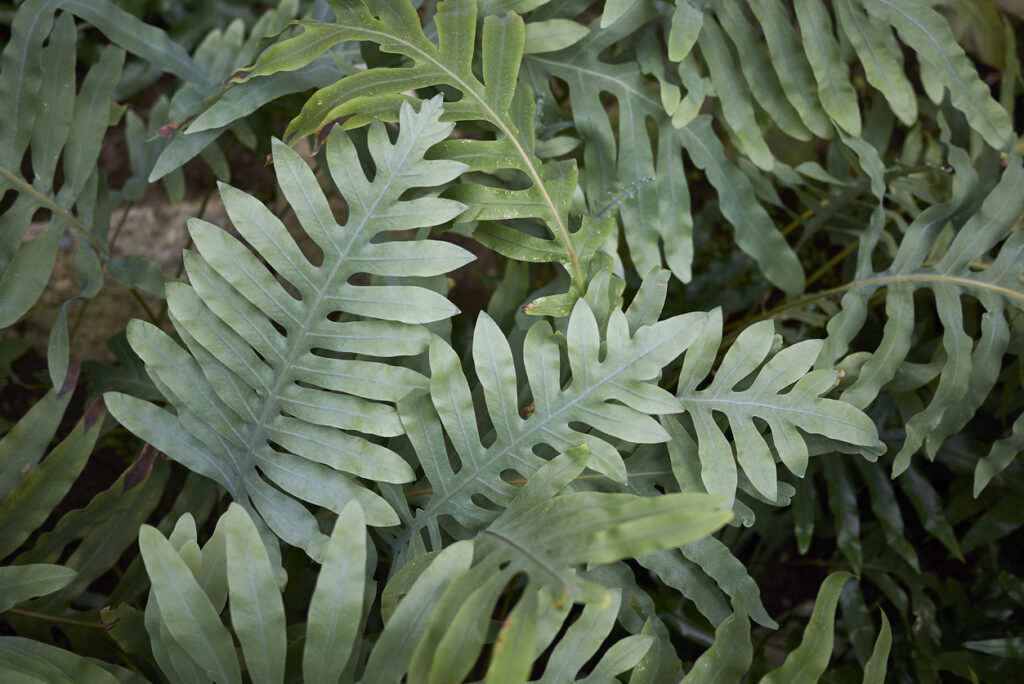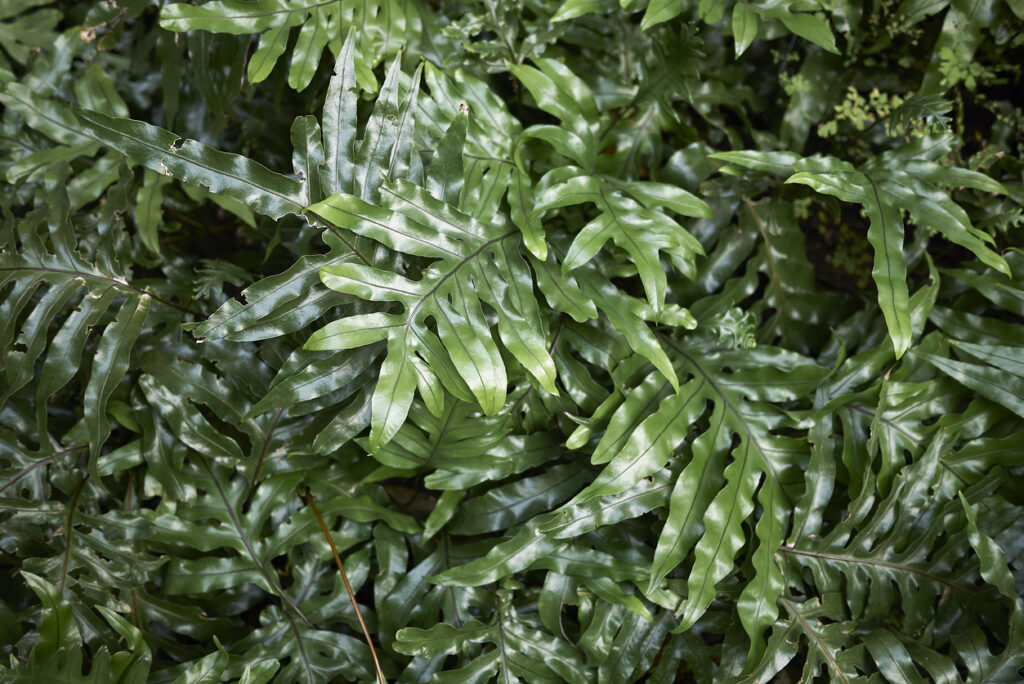Kangaroo Paw Fern Care – How To Grow And Care For Kangaroo Foot Fern
Nothing beats the fabulous kangaroo paw fern when it comes to creating an indoor tropical paradise. The lush green leaves extend everywhere like the paws of the famous marsupial. It’s an energetic plant that you can grow both indoors as well as outdoors. As one of the easiest ferns to grow and care for, you couldn’t go wrong with the kangaroo paw fern.
Even if the plant shows signs of ill health, the remedies are often quite simple and it won’t be long before the fern roars back into life swaying in the breeze and spreading cheer vibes everywhere. So how would you grow and care for the kangaroo paw fern? Read on to find out.
Kangaroo Paw Fern at a Glance
The kangaroo paw fern (Microsorum diversifolium) is a member of the Polypodiaceae family. The scientific name refers to the diverse leaf shapes and small spores at the bottom of the fronds. In its native Australia and New Zealand, it’s also known as kangaroo foot fern.
The leaves of the epiphytic evergreen fern are by far the most distinguishing feature. While you’d expect the leaves of the plants to follow the same pattern and shape, the kangaroo paw fern loves to get creative with its leaves. Some will be whole and straight while others are indented and incomplete. As a plant that spreads sideways more than up, you will need to provide adequate space for the pot. It usually reaches one foot high when it’s fully mature and about 2 to 3 feet wide.
The shimmering foliage of the fern is its main attraction. You won’t have flowers or small berries growing on it. The nearest it comes to producing seeds are its spores which can be found underneath the fronds. But even those, you won’t have to worry about. Propagation is often done through rhizome division or layering.
How to Grow Kangaroo Foot Fern
While some other fern species are known to cause problems in your garden or indoors due to their sensitivity to cold temperatures or dry climates, the kangaroo paw fern is considered the novice gardener’s best friend. The best part is that you can either grow it indoors or outdoors. It thrives in a pot, a hanging basket, or right there in your garden.
Outdoors
Here are the easy steps to grow this delightful fern in your garden.
- The best spot to grow the kangaroo paw fern is one that doesn’t get the full sun. Partial shade suits this fern just fine.
- Dig up the soil and add in about 4 inches of compost, rotten leaves, or peat moss to the topsoil. This helps with aeration, water retention, and makes the soil loose enough for the roots of the fern to penetrate.
- Make a hole in the soil as deep and wide as the pot the plant arrived in. Pull the fern gently out of the pot and place it in the hole.
- Fill the hole with soil around the plant but don’t pack it.
- Water the soil and make sure it’s soaked to reach the roots of the kangaroo paw fern. You’ll need to water it again when the top 2 inches of the soil go dry.
- Use mulch to protect the plant and keep the soil moist. You can use oak leaves, wood shavings, or sawdust. It will nourish and enrich the soil slowly as the good germs break down the organic matter.
Indoors
You can also grow the kangaroo paw fern indoors where you have more control over the temperature and humidity levels.
- Fill a pot or a hanging basket with a potting mix and peat moss in equal parts to improve soil drainage.
- Make sure the pot or basket doesn’t get direct sunlight. Filtered light or partial shade through curtains will not harm the plants.
- The pot has to be larger than the pot the plant came in from the nursery. Make a hole in the soil and lower the plant gently with the clump of soil wrapped around its root ball.
- Water liberally until the excess water flows out of the drainage holes at the bottom of the pot.
- Wait for the topsoil to dry up before you water the plant again.
- Use a balanced fertilizer once a month.
Kangaroo Paw Fern Care
As you can see, there’s nothing complicated about growing the kangaroo paw fern. You got it to a great start. It’s now growing delightfully in your garden or hanging basket. And you would want to keep it that way, lush green and bright. Here’s how.
Watering
Ferns love water. It’s part of their native habitat to get soaked with rain and moisture for the most part of the year. However, that doesn’t mean that the kangaroo paw fern loves to get its feet wet. If anything, it doesn’t like getting waterlogged as its roots are rather delicate and rot easily. So you should wait for the topsoil to go dry. In pots, that means about 50 percent of the soil needs to be dry before you water the plant. And then you soak it well until the water comes out of the drainage holes. Be careful not to spill water on the leaves. This promotes fungal infestations.
Temperature
The temperature and weather conditions in your region are usually the factors that will help you decide whether to grow the kangaroo paw fern indoors or outdoors. For a plant that grows mainly in Canberra, Australia, it needs temperature between 70 and 75 degrees F. High temperature not only encourages the plant to grow new shoots, it is also fundamental to the growth of the plant during the spring, summer, and fall. In the same vein, you should make sure the fern gets enough humidity. A humidifier will provide the ideal conditions for the plant to grow successfully. Absent that, just place the pot or basket in a tray of water with rocks in it.
Light
Light is more than just a luxury to our kangaroo paw fern. It’s a requirement that you can’t expect the fern to grow without. An abundance of filtered light is desirable as long as you don’t expose the pot or plant to the direct sunlight. Dim-lit rooms give you small fern leaves while the full sun drains the fern and causes the leaves to droop. So it’s best to find a middle ground between those two extremes to grow your kangaroo paw fern. Outdoors, a shady spot to the east or north of your garden will do nicely as a permanent location for the fern.
Repotting
For a plant growing in a pot or a hanging basket, the root system of the kangaroo paw fern is rather complex and gets bound in a tight space. This can stunt the growth of the plant and impact the size and color of the leaves. It’s recommended that you repot the fern once every 2 years at the most. The best time to transplant it is in the spring before the growing season. Use a pot that is a few inches wider and deeper than the current one, fill it with potting mix and peat moss in equal portions, and plant your fern in it. Water immediately.
Pruning
The kangaroo paw fern is not known for its unusual growth rates. The fronds and leaves will grow at a moderate pace even in the best of conditions. So you won’t have to worry about controlling or managing its spread. However, from time to time you will notice a dying or damaged frond. Use your clean shears to cut it off close to the soil to signal to the fern that it needs to grow a new frond to replace it.
Pests and Diseases
Just like many houseplants, the kangaroo paw fern acts as a magnet for many pests. Usually, you’ll find the ever-present aphids lurking around the stems and leaves of the fern. Scales and mealybugs also feed on the juicy leaves especially the tender new ones. Since you will be cleaning the leaves often, it’s easy to spot these pests when they first invade the plant and before they become an infestation hard to manage. Pick them off and drown them in a bucket of water. If you are too late to act and they multiply and cover the leaves, you can use neem oil to kill them.
As for diseases, the fern is almost immune to many diseases and infections that plague other houseplants. The only problem you might have is if water covers the leaves causing a fungal infestation. To avoid that, make sure that you sprinkle the leaves in the early morning to give them time to dry. Remove the infected leaves and dispose of them safely by burning them. Don’t bury them in the garden since that could spread the infection to other plants.
Sometimes you might notice brown spots in the bright green of the leaves. This is a common problem that could be caused either by overwatering the plant or nutrition deficiency. Hold off watering the pot until the topsoil goes fully dry. Watch for signs of improvement. If the brown spots still persist, then the soil might be poor. Feed the plant with a fertilizer high in nitrogen to eliminate the brown spots. Also, bring the kangaroo paw fern to a window flooded by light since low lighting can cause the leaves to lose their shimmering qualities.



